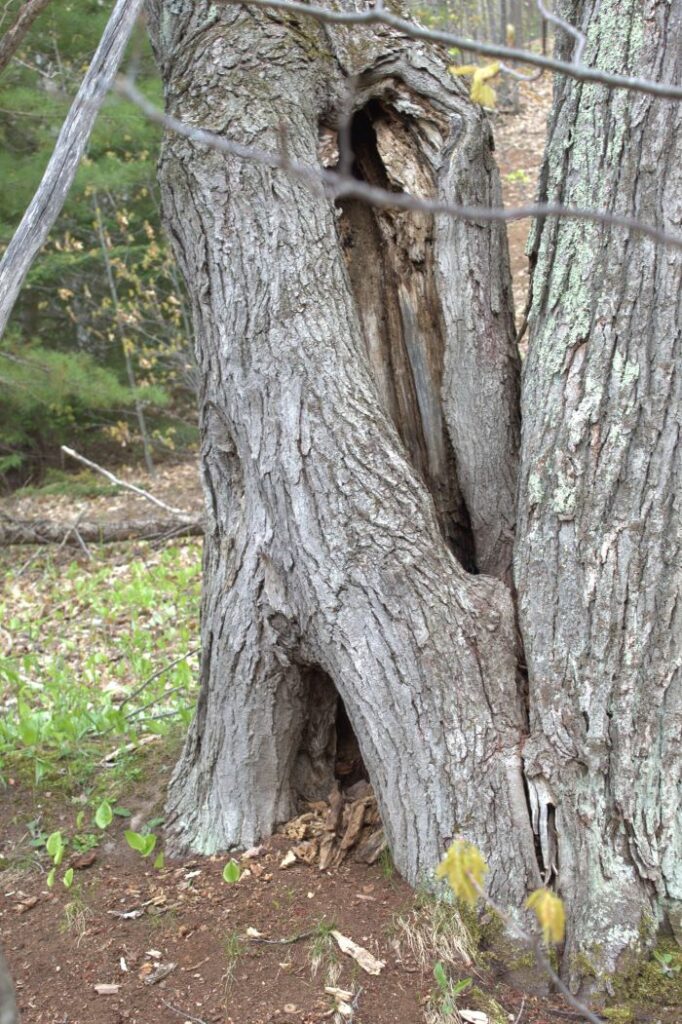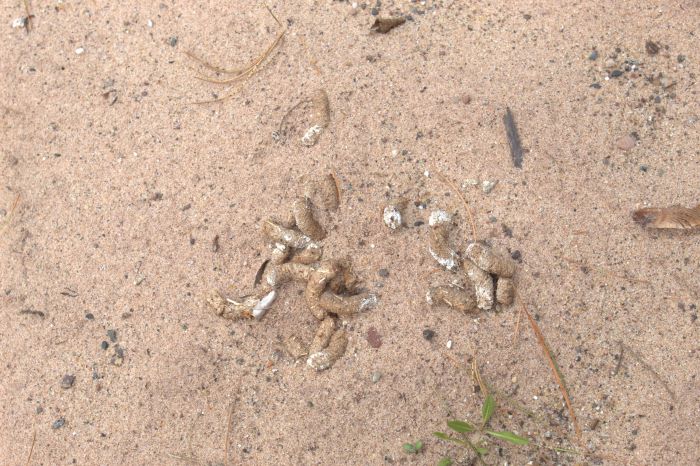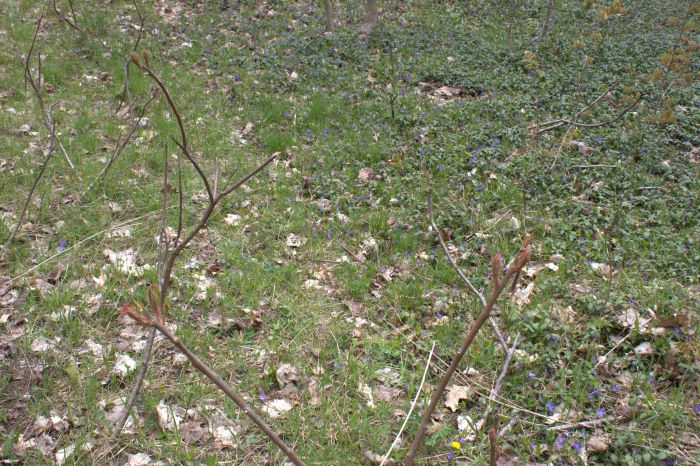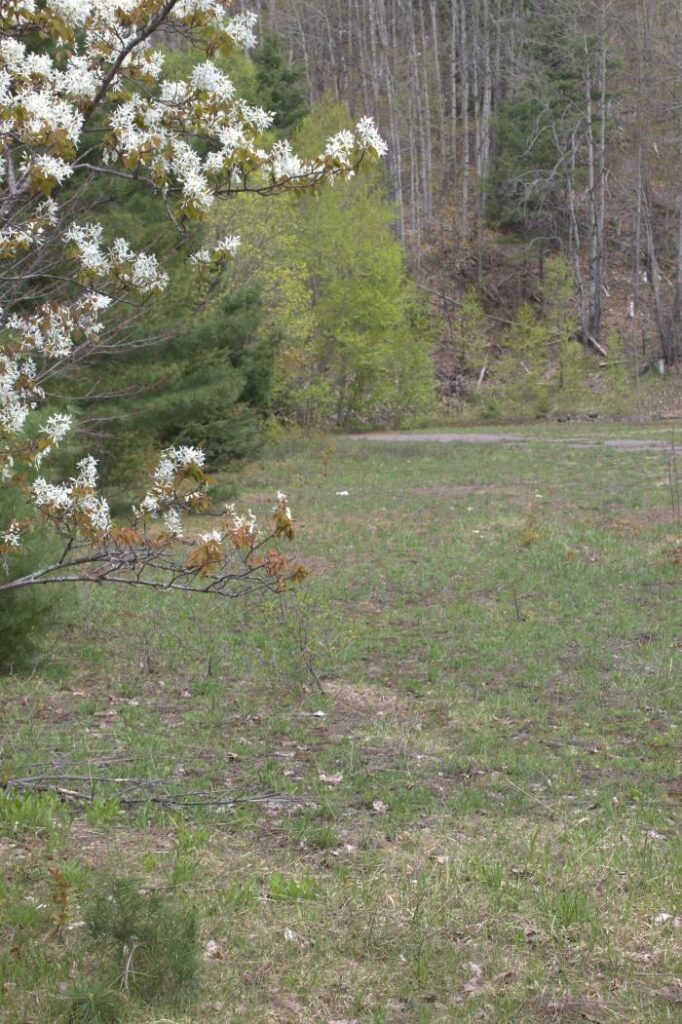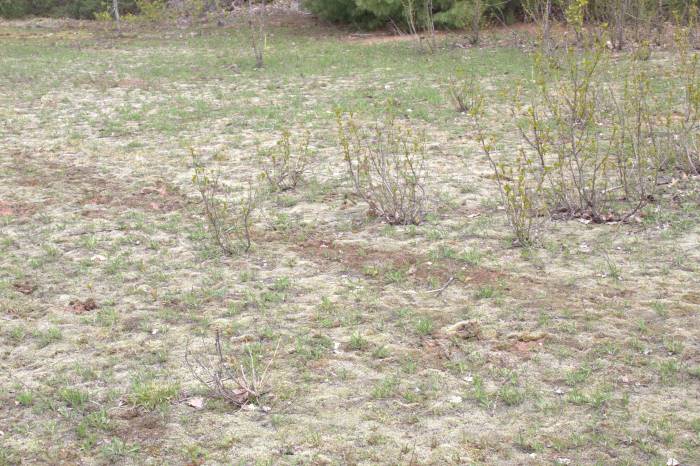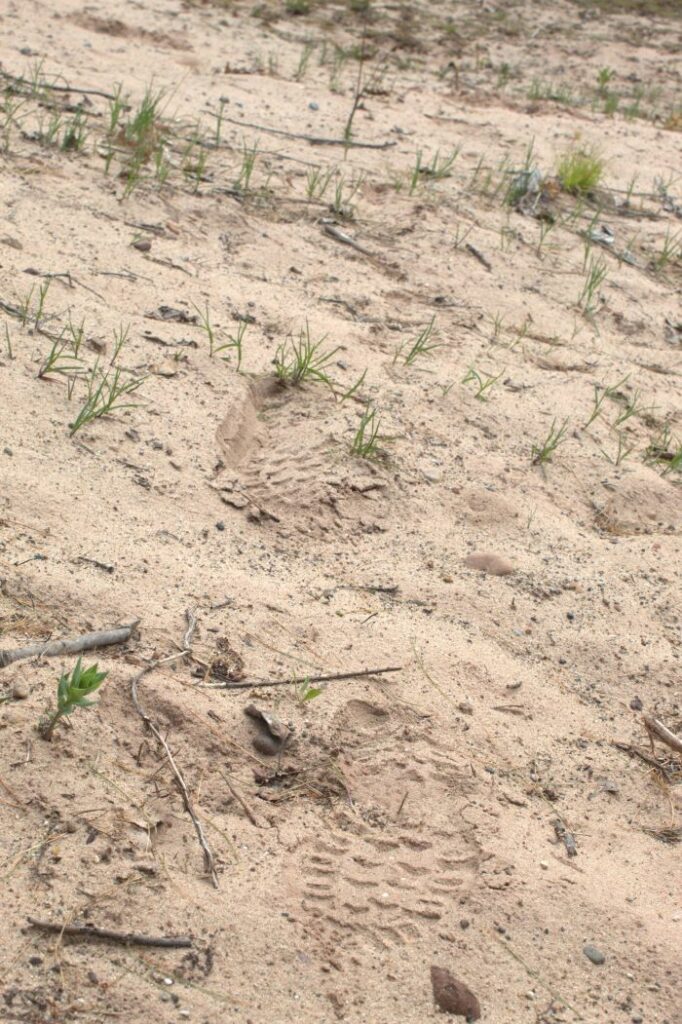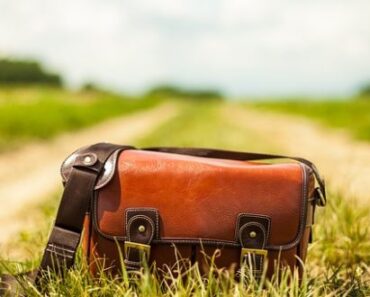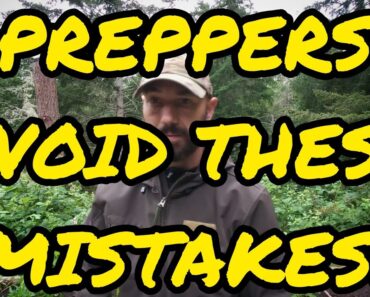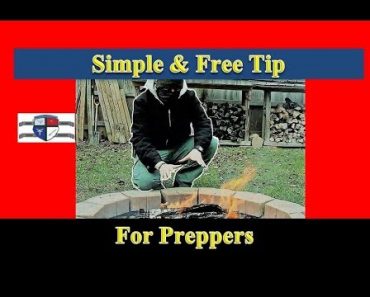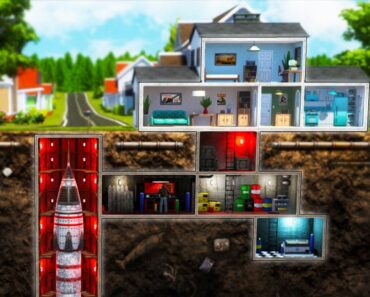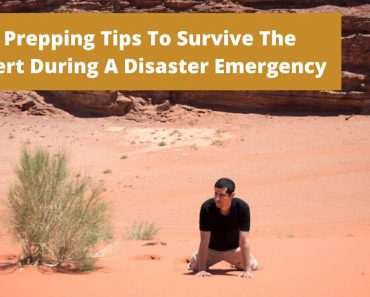Survival of the Fittest Smartest
Food costs and everything else right now is on the rise. This has led to an increasing number of people becoming interested in starting a garden or learning how to hunt and fish. Skills such as these were commonplace only a handful of decades ago, but they have been allowed to grow stagnant due to an increasingly efficient logistic system. Now, as that logistic system begins to deteriorate in the wake of a parade of geopolitical issues, there has never been a better time to get reacquainted with those skills our forbearers grew up with.
But before you start to don your camouflage and sling your muzzleloader, we need to explore our present reality. There seems to be a sentiment among those interested in survival or emergency preparedness that everything will be fine once the store shelves are bare if one can bugout to a rural area and sup on the endless feast of nature’s bounty. If only this were true! Unfortunately, nature consists of finite resources. Just look at the passenger pigeon, a species of bird whose flocks numbered in the millions and would sound like thunder in the distance. There were no limits on how many hunters could harvest. That is until the last known passenger pigeon died in 1914. Now imagine a city as densely populated as New York, with nearly 19 million individual humans as of 2022, and think of how long “nature’s bounty” would last if each of those people dispersed into the surrounding countryside in search of food. In this scenario, it stands to reason that any available food resources, plant or animal, would vanish very quickly.
Fortunately, there is a skill from the pioneering days of yore that comes in very handy in any region, urban or rural, and that is the lost art of trapping. Presently most trapping is obsolete, but before industrialization and commercial farming, trapping on the North American continent was a booming industry. Trapping was often used in conjunction with small family farming to supplement supplies for clothing, meat, and a variety of other animal by-products to sustain human life throughout the year. These days, trapping is used primarily as a method of pest control, although there are some places that still trap for particular types of fur. Regardless of what trapping has been and still is used for, the skill of being able to set a trap targeted for a particular species is an underrated and mostly overlooked, life-saving skill.
Take your favorite survival show as an example. One of my favorites includes several contestants who are unceremoniously dumped into the middle of a remote location to sustain themselves for as long as possible with limited resources. Unfortunately for most contestants of this show, finding enough calories to prevent starving to death quickly becomes the primary obstacle that needs to be overcome. Very few contestants are able to establish a reliable means to acquire enough calories, and even the winners come back home severely emaciated. Also, consider on the survival show that this is just one person, without the competition of anything but nature itself. When I consider the population of my town (approximately 6,000), all struggling to consume enough calories to stay alive, my mind begins to imagine the chaos that would ensue.
READ MORE: Living in a World of Ongoing Food Shortages
If I am painting a bleak picture of reality, it’s for the best; however, the scenario is not without hope. Food exists, even in the most densely populated urban centers, albeit from unconventional sources. Birds and rodents abound in cities, fish swim in the ponds of city parks, and small mammals roam the quiet back streets and alleyways. I have even witnessed white tailed deer crossing a busy road in Milwaukee. So why do I cite trapping as the way to procure food in an emergency instead of actively hunting? Simply put, calorie expenditure. To survive on reality tv and in real life, you need to consume an equal or greater amount of calories than your metabolism burns. Hunting is not always a sure way to harvest wild game, and even sitting still, the average adult can burn thousands of calories just doing nothing. Trapping is like setting up a remote hunter to do the work for you.
It’s All About Location
Thankfully, the vast majority of us are still not in a situation where we need to trap food for survival, but it’s always a good idea to work on a technique before it is required. But, before heading out to build and set traps, it is important to understand local laws and regulations. Here in the U.S., many states actually have trapping seasons, similar to hunting seasons, when it is perfectly legal to trap certain species with the proper permit. Trapping seasons are specific to the type of species being targeted and typically will coincide with the beginning of that particular species’ breeding season.
There are several reasons why trapping (and hunting) seasons revolve around when those animals are feeling feisty. First, trapping permits are sold in limited supplies and correspond with what wildlife experts have determined is the ideal species population. Population control is what prevents the spread of dangerous diseases such as rabies or chronic wasting disease. Another reason for the timing of trapping seasons is to ensure that the animals which are not trapped and harvested (the vast majority) are free to give birth and rear their young without the added pressure of being hunted.
So check your local laws. Where I live in the state of Michigan, there are rules for just about every species of animal out there, and conservation officers are constantly looking to enforce them. Not only is law enforcement looking to ensure the rules are being followed, but there are a ton of folks out there who are not thrilled with the idea of wild animals being harvested for any reason. Setting traps, even just for practice, should be in places where they will go unnoticed or where you can trust those who might notice.
Safety First
Imagine you are walking along during your daily routine, perhaps to the grocery store or to visit a friend a block away, and suddenly a looped rope is pulled tight around your ankle. Before your brain can process what is happening, you are hoisted upside down, suspended in the air, and with no clear way to get out of the situation. Maybe you hang there overnight before you realize that giants out of your worst nightmares are approaching, and it is clear they do not have your best interests in mind. As they get close enough to molest you, what are your actions? If your reaction is to fight as though your life depends on it, then you are reacting in the manner of most trapped animals.
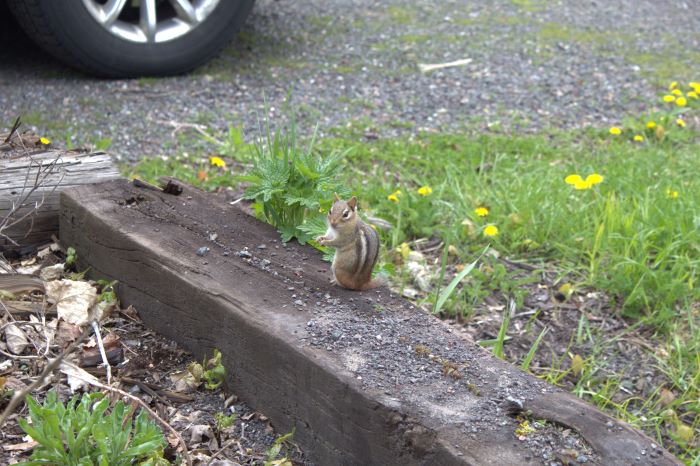
Caution must be observed when dealing with any wild animal. The larger the animal, the more caution is required. Don’t brush off the danger small creatures pose. Even a field mouse can be the bearer of disease. But trapping large mammals that may still be alive afterward can be a matter of life or death. Consider the region you are trapping in. Animals living closer to the poles have evolved to be larger. This increase in size is an adaptation that helps keep them warmer in extremely cold climates. Animals also generally increase in size further away from developed areas. Large mammals such as bears and wolves usually try to stay as far from humans as they can get.
If the only area available to practice setting traps is in close proximity to other people, care must be taken to avoid causing unintended harm or injury. This is especially true when it comes to small children or the exceptionally inquisitive. Using bait or lures when trapping works well with animals, but it may also capture the attention of people. Make sure you are not practicing deadfall or pit traps where someone can wander unwittingly into a concussion, broken appendage, or worse.
Study and Prey
Sun Tzu immortalized the most time-tested tactics when he penned “The Art of War,” and those nuggets of wisdom can be easily applied to trapping. The famous quote “know your enemy” is easily applied to trapping. Based on location, what animals are present to be trapped? This could be anything from pigeons or rodents in urban centers to rabbits or raccoons in more rural locations. Whichever the case may be, care must be taken to ensure you know precisely what creatures inhabit the surrounding area.
Looking for animal sign is the first step in determining what can be trapped. This can be as easy as direct observation. If you see a rabbit munching on the grass in your backyard, then clearly, you can potentially trap it. Other techniques involve looking for tracks or other signs of an animal’s passage. There are a ton of free sources to identify animal tracks via the internet, but finding someone who has tracking experience is preferred.
Becoming sign aware, or training your eyes to recognize the signs of another creature’s passage, is a critical skill that will pay dividends. An easy way to start training your eyes to pick up on subtle cues is to visit the nearest sign trap. Sign traps are mediums that are easily imprinted upon. When walking on a sandy beach, you are inadvertently leaving signs of your passage behind you. The same is true with snow, mud, wet grass, or any other ground layer that is susceptible to pressure. Taking a close look at a sign trap, you may notice the imprints of animals who crossed over it. This is an ideal opportunity to study which animals are nearby and the myriad of factors that are involved in tracking prey. It also reveals what type of trap you will need to construct and possibly where to set it.
A Trap for Every Purpose
Indigenous peoples all across the Americas, and the pioneers who followed, both made liberal use of two types of traps: the deadfall and the snare. When a deadfall trap is triggered, weight is released from above the targeted creature, and gravity ideally does the dirty work. Deadfalls can be catered to any size creature, from things as small as mice to as large as bears, and anything in between. Snares work a little differently in that the creature finds itself caught in the loop of a cord or wire that tightens the more the intended target tries to get away. Although not as deadly as falling weight, they are much lighter and easier to set up. This means that many snares can be deployed over a larger area, increasing the odds of catching something. It also requires the trapper to personally harvest anything that was trapped.
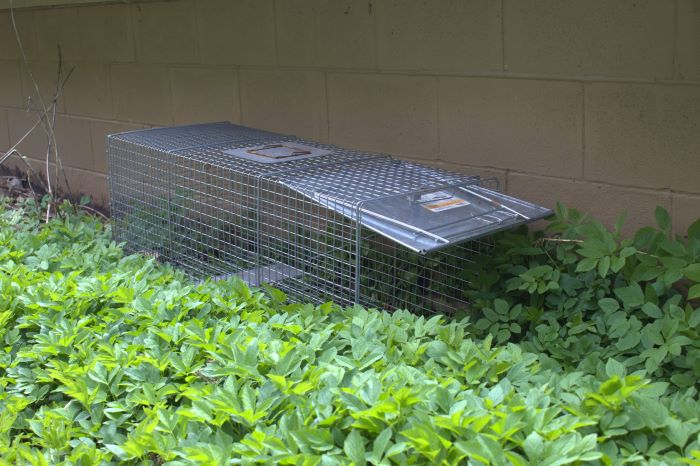
Most land-dwelling creatures can be trapped using the aforementioned trap designs, but in the modern era, there are many more options available. What comes to mind for most folks when thinking of present-day trapping tools is the iconic steel spring trap. These are effective tools that can catch many animals, either by the leg or by the head; however, they are steel, and carrying several becomes cumbersome and unwieldy. Other traps include sliding poles, cogs, nets, sieves, box and coop traps, and pit traps. Each of which has its own trigger mechanisms, sensitivities, and placement nuances.
Traps are not exclusive to land-dwelling creatures either. Box and deadfall trapping techniques can be used to capture birds, and sieves or nets can be deployed to catch fish. But no matter the type, the concept remains the same. Traps do the work for the trapper, so the trapper can more efficiently consume calories. Whichever trap is used, it is important to make them as lethal as possible. In hunting and trapping circles, it is considered unethical to let an animal suffer or to take more than is needed.
What Next?
By becoming sign aware, understanding local regulations, and keeping in mind that not everyone will be sympathetic to your efforts, it’s time to go forth and set some traps. Respect for the creatures being trapped should also be first and foremost in your mind. Do not trap unethically, and if a particular animal is out of season, take your traps out for a “dry run” by setting them up and manually, as well as safely triggering them yourself. Patience and practice will reap great rewards later down the road.
In Part II of this installment, we are going to put together the concepts covered here by building and deploying the two most versatile of the traps, the deadfall, and the snare. This is a great place to start developing trapping skills because both can be easily constructed or improvised with a wide array of available materials. After we master these two basic traps, we will delve into bird and fish trapping and take a closer look at some tricks of the trade.
Have you ever trapped wild game or had any trapping experience at all? If so, please share your experience so we can all learn together!

